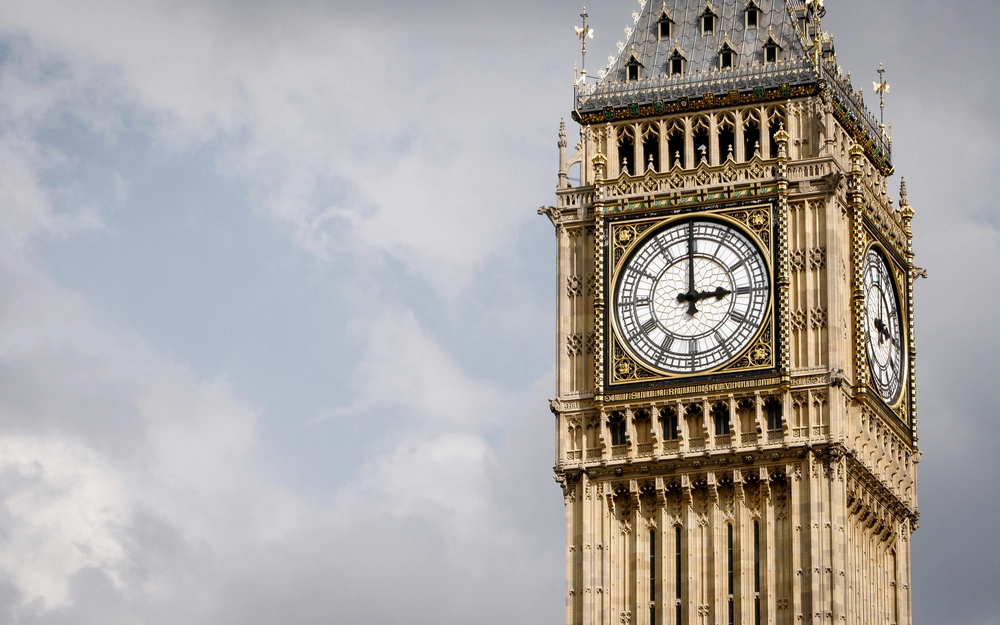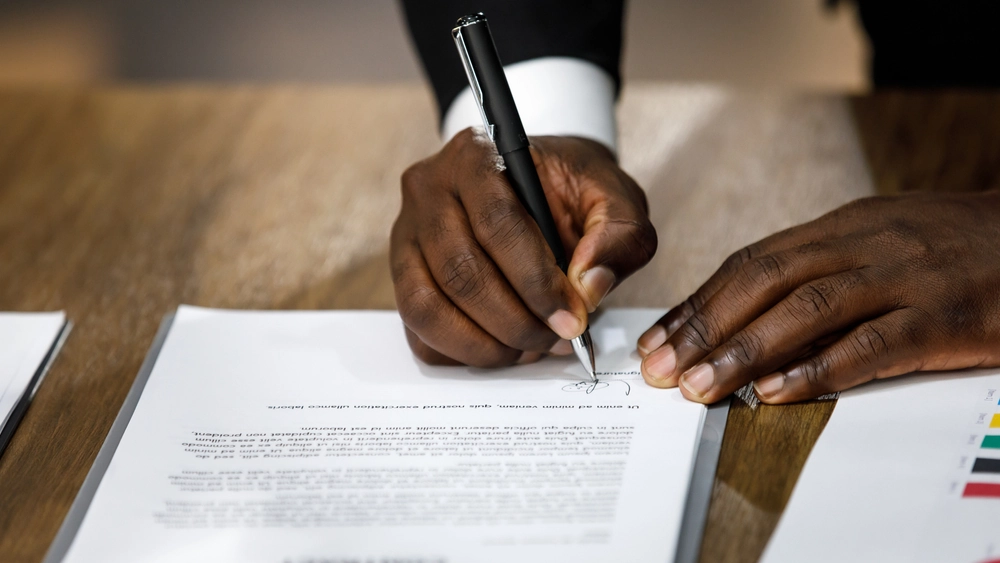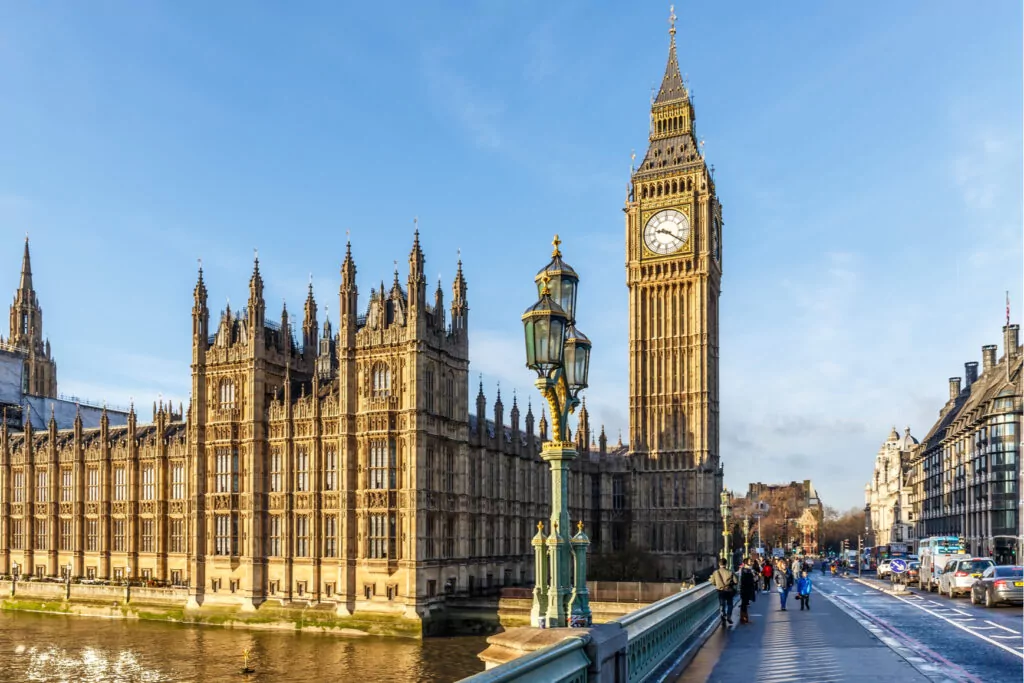
In a recent High Court case (Lynch v Cadwallader) the Court had to decide whether or not a personal guarantee was binding, where the alleged guarantor denied signing the document.
Below we summarise this case and provide our takeaway points for lenders relying on guarantees – which are a regular cause of complaints and disputes. (Whilst we use the term "lender" in this article, the principles apply equally to Sharia-compliant banks).
Background
- Mr Lynch was adjudged bankrupt on 12 March 2015
- Mr Cadwallader was appointed as Mr Lynch's Trustee in Bankruptcy (the Trustee).
- Aldermore Bank plc (the Bank) submitted a proof of debt based on an unlimited personal guarantee which it claimed Mr Lynch signed, and which it said had been witnessed by Miss Hughes, his former partner and financial controller of Mr Lynch's company.
- The Trustee approved the Bank's proof of debt form.
- Mr Lynch sought to appeal the Trustee's this decision, by claiming he did not sign the guarantee.
- Miss Hughes claimed not to have witnessed Mr Lynch signing the guarantee and not to have signed the document as a witness.
The evidence before the court
A handwriting expert, instructed jointly by the parties, concluded that:
- there was strong evidence that Mr Lynch's signature was not written by Mr Lynch;
- there was strong evidence that Miss Hughes' signature was written by her, although the expert's examination was restricted due to the limited number of comparison signatures he had seen;
- there was no evidence to assist the expert to identify when the signatures were added to the guarantee; and
- the evidence as to when the guarantee was created is inconclusive.
The court believed that Mr Lynch and Miss Hughes provided honest testimonies. They were clear that they did not sign the guarantee. Mr Lynch admitted he provided the Bank with a limited guarantee previously, but that he would never provide an unlimited guarantee.
Miss Hughes was clear that she would not sign a document indicating she had witnessed a signature if she had not seen the signature be affixed to the document and that, in her experience, Mr Lynch would not sign a document in any other colour but black ink (the guarantee signature was in blue ink). The judge believed Miss Hughes' evidence that she would not have signed the guarantee as a witness if she had not actually witnessed Mr Lynch's signature. This directly conflicted with the expert's evidence (who concluded that she probably had signed the guarantee, but that Mr Lynch probably hadn't).
The Bank provided evidence that the unlimited guarantee had been expected by its credit committee. During the trial, however, the witnesses for the Bank were unable to provide a clear explanation about how the guarantee was requested, executed and returned to the Bank. The Bank was unable to provide any first-hand evidence of a witness who had been involved in those steps.
The Bank was also unable to provide any supportive documents from around the time the guarantee was purportedly executed to show that it was ever requested from, or sent to, Mr Lynch.
The Bank's witnesses also gave contradictory evidence about the circumstances in which an unlimited guarantee would be requested, as a matter of course.
Outcome
The Court held that the burden of proof was on the Bank to prove that its proof of debt should be admitted, that it had cause to rely on the guarantee, and, ultimately, be entitled to a dividend from the bankrupt estate. The Bank was unable to do so.
The Court believed the version of events put forward by Mr Lynch and Miss Hughes. Mr Lynch was therefore not bound by the guarantee and the Bank's proof of debt should be rejected by the Trustee.
Comment
How courts determine disputed signature cases
- This case demonstrates that expert opinion is not a panacea for determining cases where there is a dispute about the authenticity of a signature, and nor will it necessarily be given significant weight by the courts, particularly where the expert reaches conclusions which are difficult to reconcile with other evidence.
- The courts will look at all the supporting documents and correspondence from the time the documents were purportedly signed, as well as witness' recollection of events, when determining the question of whether a signature is valid.
What lenders can do
- Retain supporting documentation from the time any guarantee (or in fact any facility or security document) is requested and executed, in case the signatory later claims they did not sign the document. This includes documents (such as emails, telephone or meeting notes and letters) which show how the documents were sent to the signatory, signed and returned. For automated processes, or bulk security processing centres, it also includes a full set of the notes or codes generated by the system which record the progress of the security-taking.
- Ensure that all possible relevant witnesses with first-hand evidence are approached to give evidence at trial. Do not place over-reliance on evidence which discusses the lender's "usual" processes or requirements, particularly where the transaction in question was subject to bespoke negotiation.
- Where possible, seek to have the signatory's signature witnessed by an independent professional. Although not a feature in this case, it is often difficult to trace a witness and to obtain their positive engagement in the preparation of a witness statement, if the validity of the signature is later disputed. If the witness is a professional with an online profile, or in a profession which requires registration with an authorising body, the process of tracing them may be much cheaper and quicker, and their evidence may be of more objective value to the courts.
- Gather evidence of the signatory's usual signature at the first sign of dispute; forensic experts require examples of the signatory's usual signature against which they can compare the signature on the contested document. The more genuine original examples (i.e. not photocopies/scans) of the signatory's usual signature, and the closer in time that those signatures were made to the time when the contested document was purportedly signed, the more confident the expert will be able to be in their conclusions.
- Where there is a dispute over the validity of a signature, any document containing the signature of the purported signatory is potentially relevant to the dispute. Parties have an obligation to preserve relevant documents as soon as litigation is contemplated. In most cases, that threshold will be met where a creditor asserts that there is a debt, and the debtor denies the existence of that debt on the basis that they did not sign the document on which the creditor is relying. Once that threshold has been met, the creditor should take active steps (such as placing a legal hold on the relevant file) to ensure that potentially relevant documents are not destroyed in the ordinary course of business.
- Common sources of original signatures potentially in the control of lenders (which should be preserved), include:
- Other legal documents, such as facility letters, charges, forms of authority, account mandates etc
- Cheques
- Credit applications and supporting documents such as statement of means forms
- Potential sources of original signatures in the public domain include:
- Documents filed with Land Registry or Companies House (but note that originals are often not retained)
- Documents filed in other litigation in which the individual concerned has been involved, either as a party or a witness












